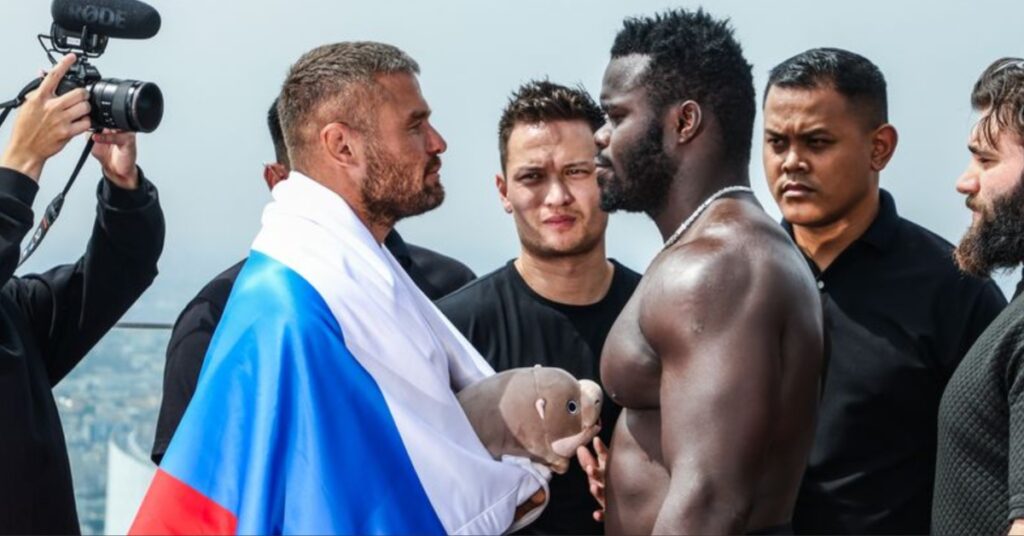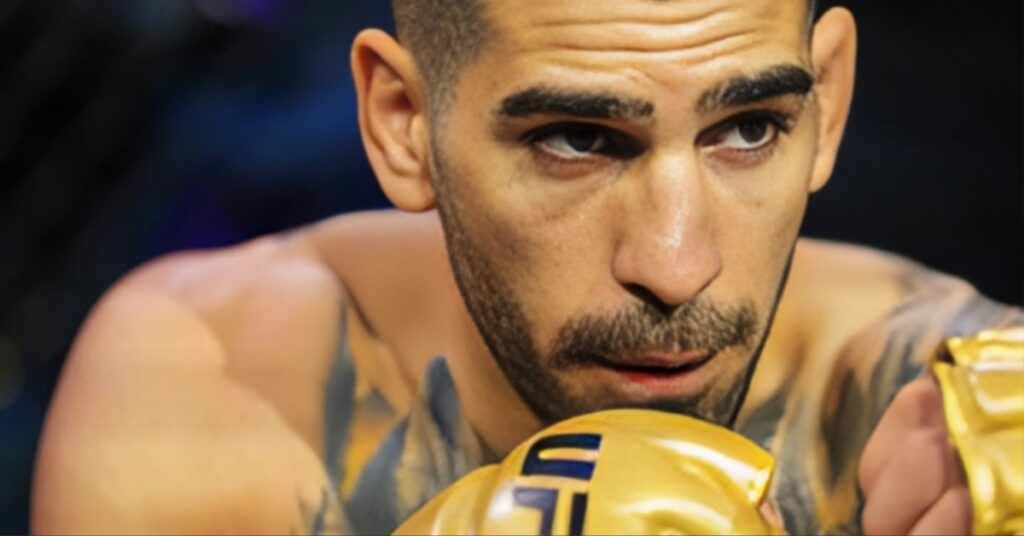Escrima: The Filipino Weapon-Based Martial Art
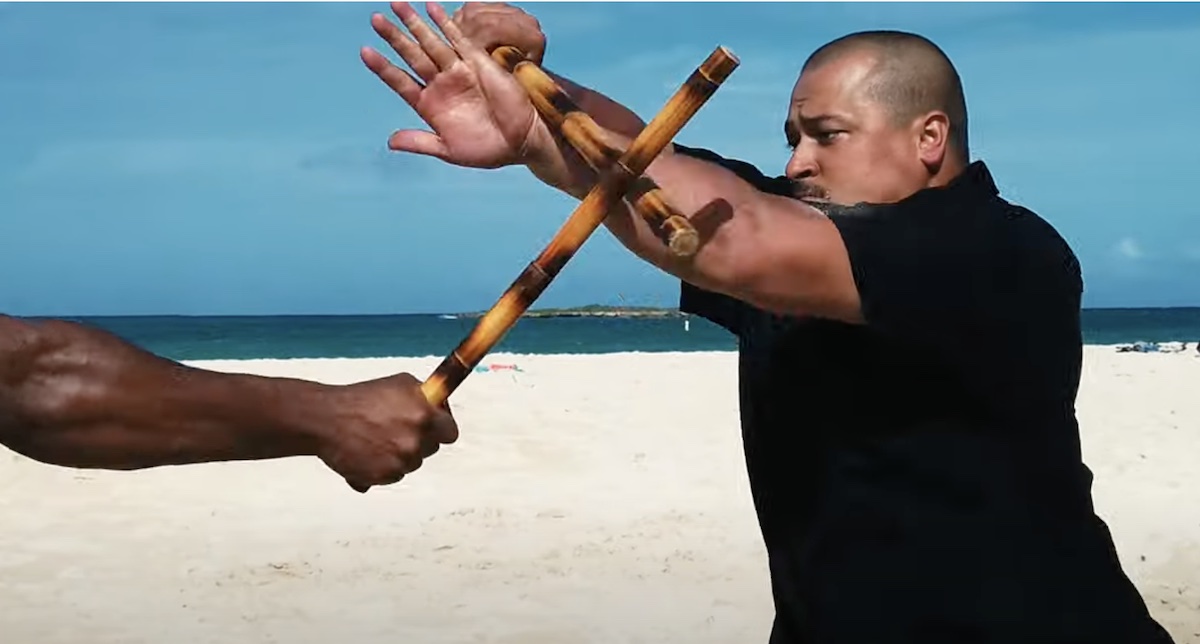
The Filipino martial art known as escrima is one of the most effective weapon-based systems in the world. Teaching various weapons techniques, as well as throws and joint locks.
Here is what you need to know about the weapon-based martial art known as escrima. Going over its history, benefits, and list some of the best escrima practitioners in the world.
What is Escrima?
Escrima, which is also known as eskrima or kali is a weapon based martial art that was developed within the Philippines. The martial art encompasses various aspects of combat, which includes striking, grappling, and of course weaponry.
What the martial art is most known for is the use of sticks which are called eskrima or arnis sticks. Along with arnis sticks, practitioners also use a variety of knives and bladed weapons within the martial art.
Empty-handed techniques like joint locks, strikes, and defenses are also taught within escrima. All of these aspects that the martial art encompasses is why kali is regarded for its efficiency and adaptability.
The word eskrima is also a blanket term that is used for variations of this weapons-based martial art. There are different variations of this martial art which includes arnis and kali that both share similar principles.
Today, escrima is practiced worldwide for self defense, sport, and of course fitness. This martial art has also reached a global audience thanks to its use in various action movies. Getting more eyes of eskrima and more people interested in learning this effective martial art.
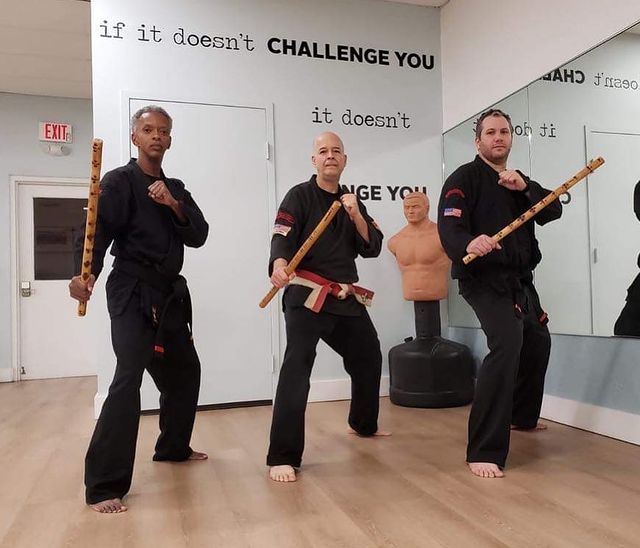
The History of Escrima
There is no one person that can be credited with the creation of eskrima as it was developed over centuries.
The martial art was created from various tribes and communities within the region. Dating back over a thousand years or practice.
One of the earliest instances of the use of early escrima was in the Battle of Mactan in 1521. Legendary Filipino warrior Lapu-Lapu was said to have used an early form of kali against Ferdinand Magellan’s forces.
Filipino hero Jose Rizal was also a escrima practitioner, whose writings helped influence Filipinos take back their country from the Spanish.
There are also various famous families that were influential in the development of modern escrima and its variations. Some of those famous families include.
- Canete Family (Doce Pares): Developed the Doce Pares eskrima system and were led by Grandmaster Ciriaco “Cacoy” Canete.
- Ilustrisimo Family: Led by Grandmaster Antonio “Tantang” Ilustrisimo, this family developed the famous Ilustrisimo style of escrima.
- Villabrille-Largusa Family: Led by the late Grandmaster Ben Largusa, this family developed the famous Villabrille-Largusa system of eskrima.
- Abon Family: A respected family of escrima practitioners that was led by Grandmaster Diony Canete Abon.
- Espada y Daga Family(Sword & Dagger): The sword and dagger family helped contribute to the further development of the martial art with their own system.
The Techniques of Escrima
The techniques of escrima are vast. Covering everything from closed quartered combat with weapons, open handed techniques, footwork, grappling, and joint locks.
- Panantukan (Striking): Variations of the martial art implement various types of strikes with weapons and your extremities. Along with weapon strikes, students also learn how to execute hand strikes, elbows, forearm, and knee strikes.
- Blocks And Parries: Learning how to block, parry, and deflect both an enemy attacking with a weapon or with their fists.
- Footwork: There is a heavy emphasis on proper positioning and footwork within the martial art. Learning how to move in all angles to defend and attack, while keeping your balance.
- Disarms: There’s a big emphasis on learning how to disarm an opponent of their weapon. Learning how to trap, control, and disarm an attacker to prevent them from possibly killing you.
- Dumog (Grappling): Students learn how to grapple their opponents to implement various takedowns and joint locks. All used to immobilize an opponent and keep them from attacking you.
- Espada Y Daga (Sword & Dagger): The use of knives and swords in both long and short distance confrontations.
- Sinawali: Cris-crossing techniques taught with the sticks to learn fluidity and timing of techniques.
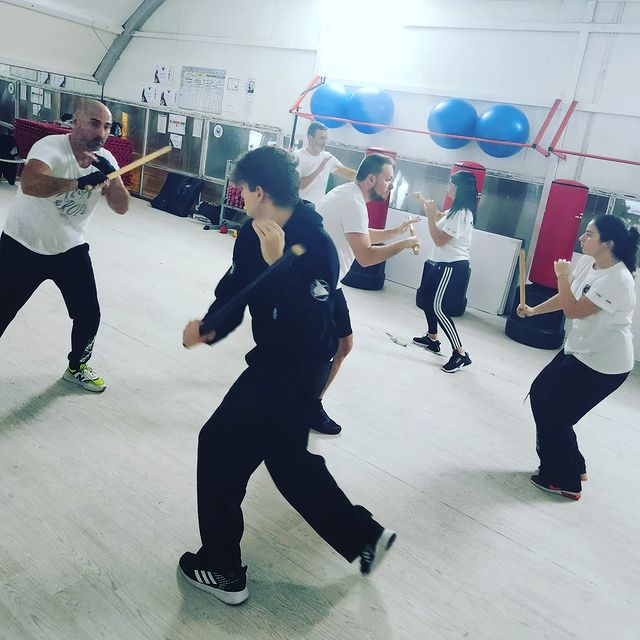
The Benefits of Escrima
There are numerous benefits to learning one of the variations of Eskrima. Here are the top seven benefits of learning variations of this martial art.
- Practicality: It focuses on real world self defense scenarios and has an emphasis on efficient and effective techniques. Teaching students how to defend against attackers both with and without weapons.
- Weapon Proficiency: Where kali has an advantage over other self defense systems is that it teaches its students weapon proficiency. Learning how to use various weapons to defend themselves against an attacker.
- Adaptability: Learning how to adapt and defend yourself in any possible situation.
- Coordination: Helps students learn the importance of coordination and timing when using techniques to defend themselves.
- Cultural Value: The martial art teaches the importance of cultural value and respecting the creators of the martial art. Knowing the sacrifices they made in order to share the martial art.
- Mental Discipline: Like most effective martial arts, this weapons-based art helps students develop mental discipline. Developing mental fortitude and focus to execute the techniques of the martial art.
- Fitness: Along with learning self defense, it teaches students the importance of fitness. In order to optimally defend yourself, you must stay in constant shape.
Who are the Top Escrima Instructors?
There have been numerous and influential grandmasters within this Filipino martial art. Here are five of the most notable and influential Eskrima practitioners.
Grandmaster Ciriaco “Cacoy” Canete
Grandmaster Ciriaco “Cacoy” Canete was a highly respected practitioner that founded the Doce Pares Organization. His style was also known as Cacoy Doces Pares and eskrido.
Canete was a lifelong practitioner and was the sole member of the Doce Pares Eskrima Club. Along with teaching his style, Cacoy practiced various other martial arts, which he was highly skilled in.
Grandmaster Antonio “Tatang” Ilustrusimo
Grandmaster Tatang was a renowned Filipino martial artist that practiced Kalis Ilustrisimo. An effective form of eskrima that his family spent generations developing.
He was known as being one of the best teachers in knife and bladed weapon techniques. Tatang’s work made him a highly revered figure in the martial art and he taught thousands of students his methods.
Remy Presis
Remy Presis is the founder of modern arnis that is based in the art of eskrima. His system is highly respected and Presis is revered for helping spread the art of escrima internationally.
Leo Gaje Jr
Leo Gage Jr is one of the leading authorities of Filipino martial arts and is a practitioner of the Pekiti-Tirsia Kali system. A version of kali known for its use of bladed weapons in close quarter combat.
Dan Insonato
Dan Insonato was a student of Bruce Lee and a highly touted kali practitioner. He is responsible for spreading escrima internationally and its depictions in numerous action movies. Insonato is still teaching and giving seminars around the world.
Escrima Stick Fighting
Along with being a form of self-defense, escrima has also developed into its own sport. It’s generally called eskrima stick fighting, stick combat, or stick sparring.
There are a variety of different rule sets for this sport depending on the organization overseeing the event. One of the more known organizers of escrima stick fighting are the Dog brothers.
The general format of these stick fighting events will look something like this described below.
- Protective Gear: Participants wear headgear, mouthguards, padded gloves, and sometimes extra padding around the arms, legs, and torso.
- Range And Targets: Targets include the head, body, arms, and legs. But within different stick fighting scoring systems some may only allow strikes to the body and extremities.
- Contact Level: Contact level will depend on the skill of the participants. Light contact will be permitted for lower skilled participants and more skill participants will be permitted to use harder contact.
- Scoring System: Just like contact level, scoring depends on the eskrima organization overseeing the competition and the skill level of the competitors. Some systems may also factor in the technique and strategy of the competitors.
- Countering And Blocking: Competitors are encouraged to use a variation of blocks, evasions, and parries to counter their opponent’s attacks.
- Weapon Disarms: Competitors are also encouraged to try and disarm their opponent. In some organizations, a disarm is awarded with points or automatically wins the match.
- Ground Fighting: Some organizations permit ground fighting in competitions, while others are strictly from standing.
Is Escrima Worth Learning?
To be a better martial artist and to further improve your self-defense skills, learning escrima would be a good idea. By learning this Filipino weapon-based martial art, you will be adept at using weapons, as well as defending against them.



